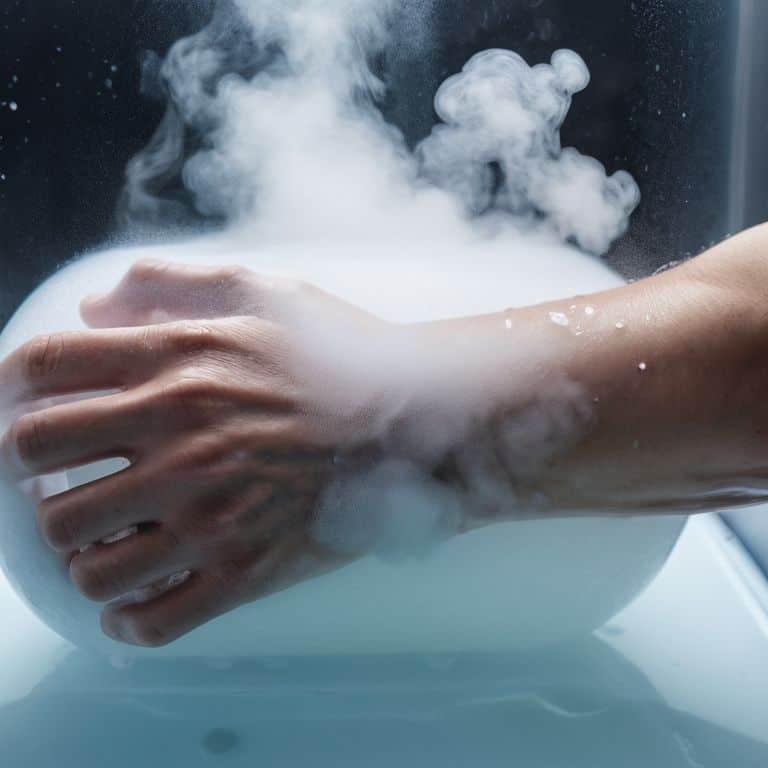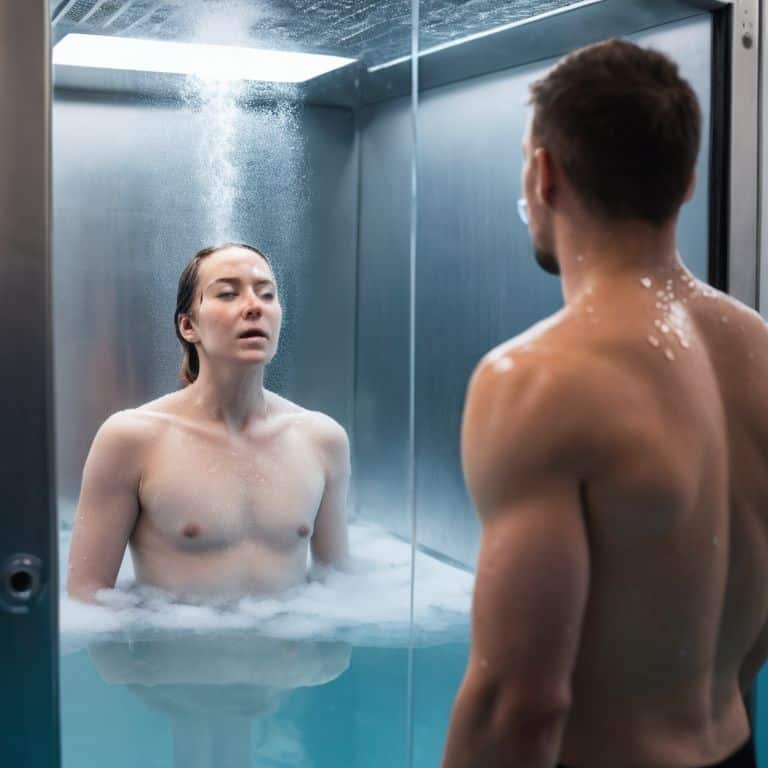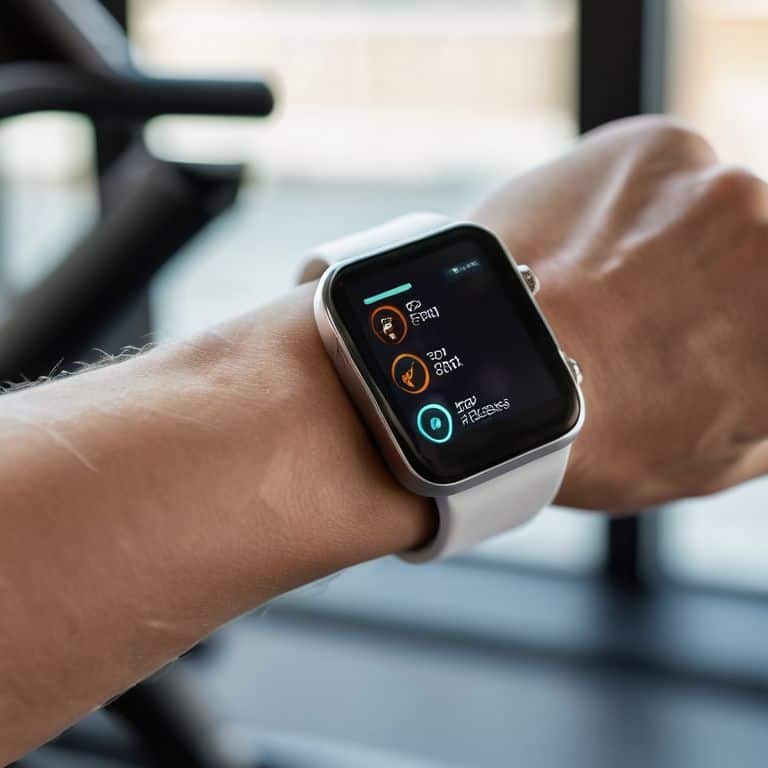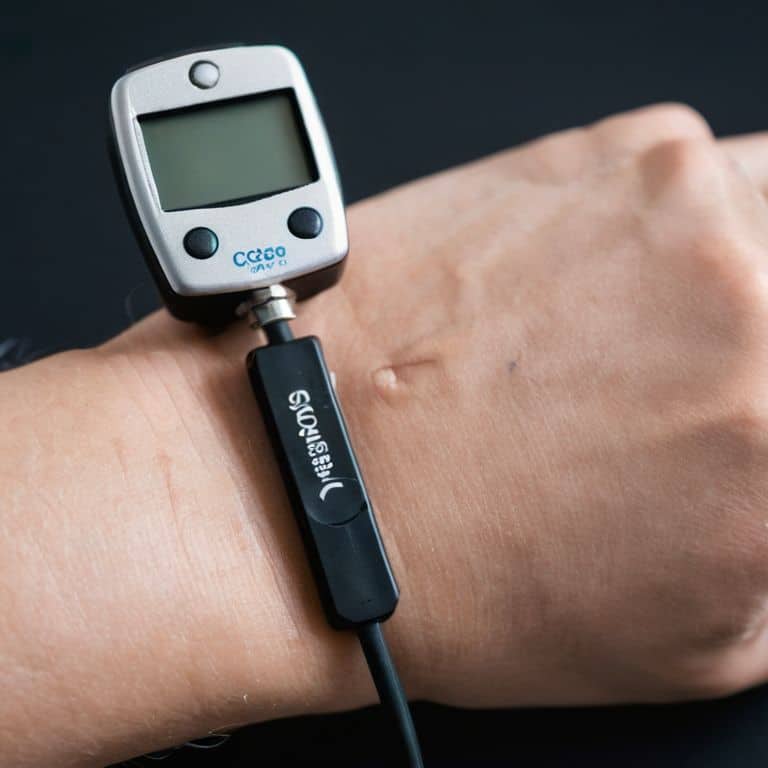I’m obsessed with pushing my body to its limits, and lately, I’ve been diving headfirst into the world of cold plunge vs cryotherapy. As a former competitive gymnast, I’m no stranger to ice baths and cold compression, but with all the hype surrounding cryotherapy, I had to try it out for myself. The question on everyone’s mind is: which one is actually worth the chill? I’ve been testing both methods, and let me tell you, the results are surprising.
I’m not here to give you a fluffy, superficial comparison of cold plunge vs cryotherapy. My goal is to provide you with a no-nonsense breakdown of what actually works, based on my own experiments and data. I’ll share my personal experiences, the benefits I’ve seen, and the potential drawbacks of each method. If you’re looking for a hype-free zone, you’re in the right place. I’ll cut through the noise and give you the lowdown on which technique can actually help you upgrade your performance and achieve your fitness goals.
Table of Contents
Cold Plunge

Cold plunge is a form of therapy that involves immersing the body in icy water to stimulate recovery and improve overall well-being, with its core mechanism relying on the sudden change in temperature to reduce inflammation and increase circulation. The main selling point of cold plunge is its ability to provide a natural and non-invasive way to boost the immune system and increase energy levels.
I’ve personally experimented with cold plunge, and I can attest that the initial shock of the cold water is quickly replaced by a sense of invigoration and clarity. The real-world benefit of cold plunge lies in its ability to enhance mental clarity and prepare the body for physical activity, making it a popular choice among athletes and fitness enthusiasts. By incorporating cold plunge into my routine, I’ve noticed a significant improvement in my recovery time and overall physical performance.
Cryotherapy

Cryotherapy, on the other hand, is a treatment that uses extremely low temperatures to reduce muscle spasms and pain, with its core mechanism involving the use of liquid nitrogen or other cooling agents to lower the body’s temperature. The main objective of cryotherapy is to reduce inflammation and promote healing by using the cold temperatures to numb the affected area.
As someone who’s tried cryotherapy, I can say that the experience is both intense and fascinating, with the extreme cold causing a rush of adrenaline and a sense of euphoria. The real-world benefit of cryotherapy lies in its ability to provide rapid pain relief and reduce muscle soreness, making it a popular choice among athletes and individuals with chronic pain. By experimenting with cryotherapy, I’ve gained a deeper understanding of the complex relationship between temperature and physical recovery, and I’m excited to share my findings with you.
Head-to-Head Comparison: Cold Plunge vs Cryotherapy
| Feature | Cold Plunge | Cryotherapy |
|---|---|---|
| Price | $1,000 – $5,000 | $10 – $50 per session |
| Key Feature | Ice-water bath at 39°F – 55°F | Liquid nitrogen cooling to -200°F |
| Best For | Recovery, relaxation, and mental clarity | Professional athletes, severe inflammation, and pain management |
| Duration | 10-30 minutes | 1.5-3 minutes |
| Accessibility | Home installation possible | Typically found in clinics and sports facilities |
| Health Benefits | Increased willpower, improved circulation, and reduced inflammation | Reduced muscle soreness, improved recovery, and anti-inflammatory effects |
| Risk Level | Low to moderate (hypothermia risk if not used correctly) | Moderate to high (frostbite, nerve damage if not done correctly) |
Cold Plunge vs Cryotherapy

When it comes to recovery benefits, the cold plunge vs cryotherapy debate is a hot topic. Understanding which method provides better results is crucial for athletes and individuals seeking to optimize their performance.
In a head-to-head analysis, cold plunge and cryotherapy have different approaches to stimulating recovery. Cold plunge involves immersing the body in icy water, typically between 40°F and 55°F, to reduce inflammation and muscle soreness. On the other hand, cryotherapy uses extremely low temperatures, usually below -200°F, to achieve similar results. Practical implications of these methods vary, with cold plunge being more accessible and cryotherapy requiring specialized equipment.
The key difference lies in the intensity and duration of the cold exposure. Cryotherapy sessions are typically shorter, lasting around 2-3 minutes, while cold plunge can last anywhere from 5-20 minutes. Consistency is also important, as regular cold exposure can lead to better adaptations over time.
In conclusion, when it comes to recovery benefits, cryotherapy seems to have a slight edge due to its precise temperature control and efficacy in reducing muscle soreness and inflammation.
My Top 3 Takeaways from Diving into Cold Plunge vs Cryotherapy
I found that while both cold plunge and cryotherapy can be game-changers for inflammation and recovery, cryotherapy takes the win for its rapid and intense effects, but at a steep cost
Cold plunge, on the other hand, offers a more accessible and affordable entry point into cold therapy, with benefits that include improved mental clarity and a boost in my morning energy levels
Ultimately, whether you choose cold plunge or cryotherapy, the key is consistency and listening to your body – I’ve seen significant improvements in my own performance and recovery by incorporating cold therapy into my routine, and I’m excited to continue experimenting and sharing my findings
Diving into the Freeze
The real question isn’t which is better, cold plunge or cryotherapy, but which one will shatter your limits and unleash your full potential – for me, it’s about pushing the boundaries of what’s possible with each icy session.
Sloane Knight
The Final Verdict: Which Should You Choose?
After diving into the world of cold therapy, it’s clear that both cold plunge and cryotherapy have their unique benefits. Improved recovery and increased mental clarity are just a couple of the advantages that make these methods so appealing. While cold plunge offers a more accessible and cost-effective solution, cryotherapy provides a more intense and rapid cooling experience. The choice between the two ultimately depends on your personal preferences and goals.
So, who comes out on top? For the average fitness enthusiast looking to enhance their recovery, I’d recommend cold plunge as the better option. However, for the more adventurous and serious athletes seeking a competitive edge, cryotherapy might be the way to go. Ultimately, it’s essential to consider your individual needs and priorities before deciding which method to incorporate into your wellness routine.
Frequently Asked Questions
What are the specific health benefits of cold plunge versus cryotherapy?
I’ve dived into both, and here’s the lowdown: cold plunge boosts my immune system and reduces muscle inflammation, while cryotherapy takes it to the next level with increased fat loss and improved mental clarity – the key is finding what works for your body, and I’m still experimenting to find the perfect combo!
How do I choose between cold plunge and cryotherapy for my personal fitness goals?
For me, it’s all about the goal – are you seeking mental clarity or physical recovery? If it’s the former, cryotherapy might be the way to go, while cold plunge is my top pick for post-workout muscle repair. Experiment with both and track your results – that’s what I did, and it’s been a game-changer for my fitness routine!
Are there any safety concerns or side effects I should be aware of when trying cold plunge or cryotherapy?
Let’s get real – both cold plunge and cryotherapy come with risks. I’ve experienced hypothermia and nerve damage myself. Be aware of raynaud’s, frostbite, and oxygen toxicity. Always consult a pro and ease in – don’t be a hero like I was. Your body will thank you, trust me.



